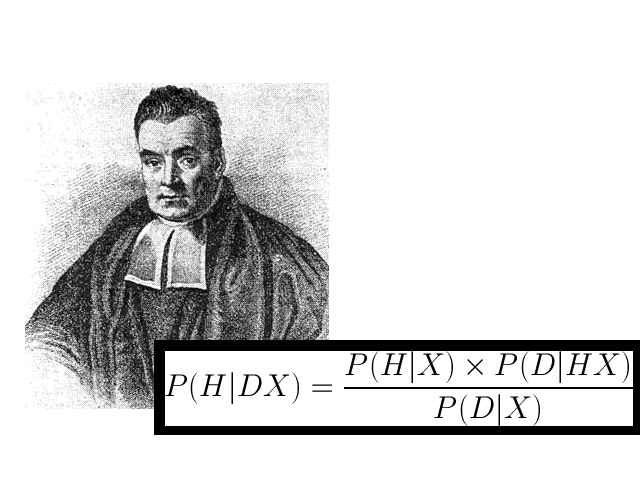Bayes’ theorem: Its triumphs and discontents
Ars Technica » Scientific Method 2013-06-07

Nate Silver, baseball statistician turned political analyst, gained a lot of attention during the 2012 United States elections when he successfully predicted the outcome of the presidential vote in all 50 states. The reason for his success was a statistical method called Bayesian inference, a powerful technique that builds on prior knowledge to estimate the probability of a given event happening.
Bayesian inference grew out of Bayes' theorem, a mathematical result from English clergyman Thomas Bayes, published two years after his death in 1761. In honor of the 250th anniversary of this publication, Bradley Efron examined the question of why Bayes' theorem is not more widely used—and why its use remains controversial among many scientists and statisticians. As he pointed out, the problem lies with blind use of the theorem, in cases where prior knowledge is unavailable or unreliable.
As is often the case, the theorem ascribed to Bayes predates him, and Bayesian inference is more general than what the good reverend worked out in his spare time. However, Bayes' posthumous paper was an important step in the development of probability theory, and so we'll stick with using his name.
Read 6 remaining paragraphs | Comments